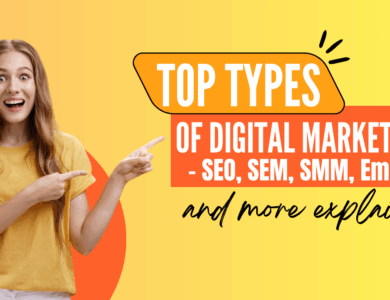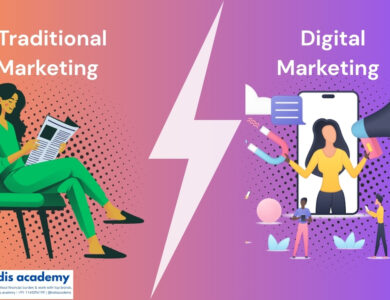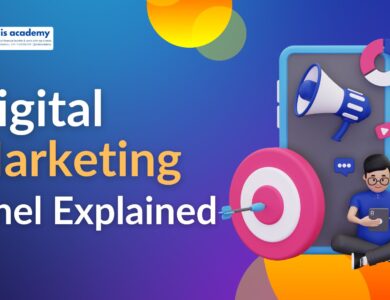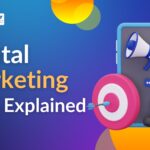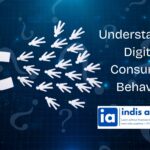From Strategy to Success: Best Examples of Integrated Marketing Campaigns
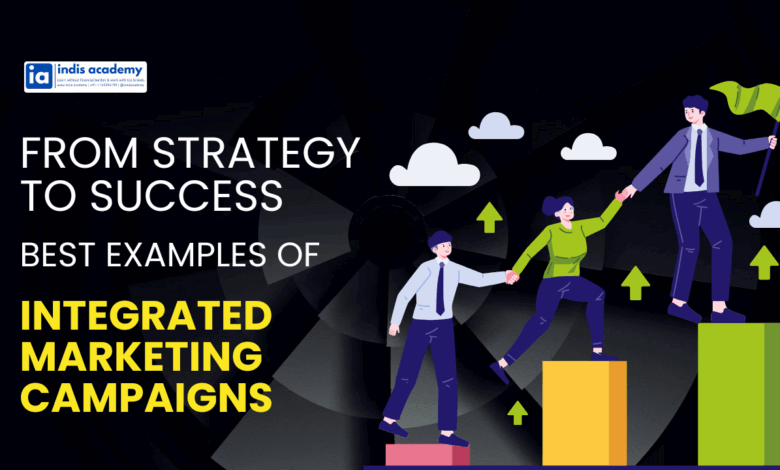
From Strategy to Success: Best Examples of Integrated Marketing Campaigns
In today’s fragmented media environment, running a campaign on a single channel is no longer sufficient. Consumers interact with brands across multiple platforms throughout the day — from social media and email to physical stores, websites, and even smart devices. To build impactful and lasting impressions, brands must orchestrate integrated marketing campaigns that connect all these touchpoints into one cohesive experience.
But what exactly defines a successful integrated campaign? It’s not just about appearing everywhere — it’s about delivering a consistent message, synchronized timing, and tailored engagement across every channel.
In this article, we’ll explore the fundamentals of integrated marketing and highlight real-world case studies that exemplify strategy-driven execution with measurable success.
What Is an Integrated Marketing Campaign?
An integrated marketing campaign unifies brand messaging across multiple marketing channels to provide a consistent and seamless experience for consumers. This coordination enhances brand recall, improves conversion rates, and amplifies campaign performance.
Core Components of Integration:
- Unified Message: One clear voice, narrative, and visual style across all channels.
- Cross-Channel Strategy: Blending online (social media, search, email) and offline (TV, print, OOH) tactics.
- Audience-Centric Planning: Tailoring content to consumer behaviors, preferences, and journey stages.
- Data-Driven Execution: Using analytics and attribution to measure success and guide optimization.
1. Coca-Cola – “Share a Coke” Campaign
Objective: Reinvent Coca-Cola’s brand connection with millennials and drive sales through personalization.
Integrated Strategy:
- Swapped out its iconic logo with popular first names on bottle labels.
- Supported with emotional TV commercials and social media challenges encouraging people to find and share Coke bottles with their name.
- Launched an interactive website for consumers to create personalized virtual bottles and share them.
- In-store displays, vending machines, and live events reinforced the campaign.
Results:
- Over 500,000 user-generated Instagram images under #ShareaCoke.
- First U.S. sales increase in more than 10 years.
- 6.4% sales lift in Australia during launch year.
Key Takeaway: Personalization + emotional resonance + omnichannel execution = engagement and conversion at scale.
2. Dove – “Real Beauty” Campaign
Objective: Redefine beauty standards and position Dove as a champion for authenticity and self-esteem.
Integrated Strategy:
- Television ads showcased real women of all shapes, sizes, and ages.
- Long-form videos distributed on YouTube tackled deeper societal beauty norms.
- Public relations events, influencer panels, and partnerships with educators extended the message into communities.
- Engaged customers with user-generated photo contests and educational toolkits.
Results:
- Over 30 million views on early videos.
- Substantial global media coverage and goodwill.
- Shifted brand perception to one of authenticity and social responsibility.
Key Takeaway: Emotional storytelling across online, offline, and grassroots channels builds trust and transforms brand equity.
3. Always – “#Like A Girl” Campaign
Objective: Flip the negative connotation of the phrase “like a girl” into a message of empowerment for young women.
Integrated Strategy:
- Released a powerful video ad during the Super Bowl to maximize reach.
- Continued the conversation via YouTube, Twitter, and Facebook.
- Partnered with educators to bring the messaging into schools.
- Encouraged social sharing with the branded hashtag #LikeAGirl.
Results:
- 85 million views within weeks.
- 96% uplift in brand perception.
- Named one of the most impactful marketing campaigns of the decade.
Key Takeaway: A strong message combined with cross-platform storytelling and social conversation can catalyze brand transformation.
4. Red Bull – “Stratos” Campaign
Objective: Cement Red Bull’s identity as a daring, adrenaline-fueled lifestyle brand.
Integrated Strategy:
- Sponsored skydiver Felix Baumgartner’s record-breaking freefall from the edge of space.
- Live-streamed the event to millions via YouTube and Red Bull’s website.
- Promoted it through TV segments, branded documentaries, interviews, and social engagement.
- Used branded merchandise and in-store displays to continue visibility post-event.
Results:
- 8 million live YouTube viewers (a record at the time).
- Over 100 million impressions across media and social.
- Significant spike in global sales and brand recognition.
Key Takeaway: Big, bold stunts backed by multi-channel content amplification can generate global brand buzz and long-term equity.
5. Apple – Product Launch Ecosystem
Objective: Ensure high-impact product rollouts that drive immediate pre-orders and long-term brand loyalty.
Integrated Strategy:
- Host high-production product launch events streamed globally.
- Launch synchronized TV ads, influencer previews, and retail displays.
- Use email, push notifications, and website updates to prepare users for availability.
- Seamless follow-up through Apple Stores, support teams, and customer onboarding.
Results:
- New product launches draw global attention and millions of live viewers.
- Consistently sell out of new product pre-orders within hours.
- Maintains one of the highest brand loyalty rates in the world.
Key Takeaway: Product storytelling + tightly controlled messaging + channel orchestration = integrated campaign excellence.
6. Spotify – “Wrapped” Year-End Campaign
Objective: Celebrate users’ engagement while turning every listener into a brand ambassador.
Integrated Strategy:
- Delivered personalized listening summaries through mobile and desktop apps.
- Included social-ready graphics and data insights to encourage sharing.
- Featured artist collaborations and influencer mentions.
- Leveraged PR and media partnerships to highlight the cultural impact.
Results:
- Massive organic social reach with millions of shares.
- Spike in app downloads and reactivations.
- “Wrapped” now a cultural tradition anticipated by users annually.
Key Takeaway: Personalization + community participation + platform-native design drives viral engagement.
7. IKEA – “Where Life Happens” Campaign
Objective: Position IKEA as more than a furniture brand — a part of daily life.
Integrated Strategy:
- Ran a storytelling campaign that included video ads, print, and social content depicting family scenarios.
- Showcased products naturally within emotional narratives.
- Deployed in-store promotions and catalog tie-ins.
Results:
- Increased brand emotional affinity.
- Boosted in-store visits and social media engagement.
Key Takeaway: Story-first messaging across media fosters deeper brand relatability and recall.
Lessons for Crafting a Successful Integrated Campaign
- Anchor Everything in a Core Insight – The emotional truth or value proposition must lead.
- Design the Consumer Journey – Understand how your audience moves across channels and tailor messaging for each step.
- Cross-Functional Execution – Media, creative, PR, sales, and customer support must align.
- Content Localization – Adapt the message without diluting the brand; cultural and platform-specific nuances matter.
- Feedback Loop & Iteration – Use real-time data to optimize in-flight and scale winning elements.
Read More:
- Which Marketing Channel Should You Use? A Strategy & Budget Guide
- Top Digital Marketing Trends of 2025: AI, Automation & What’s Next
- Marketing Metrics That Matter: The KPIs You Can’t Afford to Ignore
Conclusion: Integration is the Future of Brand Building
A truly integrated campaign isn’t just about launching across channels — it’s about weaving together a brand story that consumers can see, hear, feel, and share.
The most effective brands aren’t just showing up — they’re showing up with clarity, cohesion, and purpose.
In an era where consumer attention is split and fleeting, the brands that deliver seamless, meaningful, multi-touch experiences are the ones that will win. The future belongs to marketers who think beyond tactics — and build campaigns as carefully coordinated systems.
If you’re not integrating your message, you’re fragmenting your impact.
